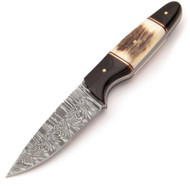The Future of Knife Technology: Innovations and Trends to Watch
14th Jan 2025

Damascus Skinner with Embossed Sheath
Knives have been integral to human civilization for thousands of years, evolving from basic tools used for hunting and survival to highly specialized implements in industries like culinary arts, military, and outdoor activities.
Today, the knife industry is poised for major innovations, with new materials, design techniques, and technologies promising to reshape how knives are crafted, used, and perceived.
1. Advanced Blade Materials
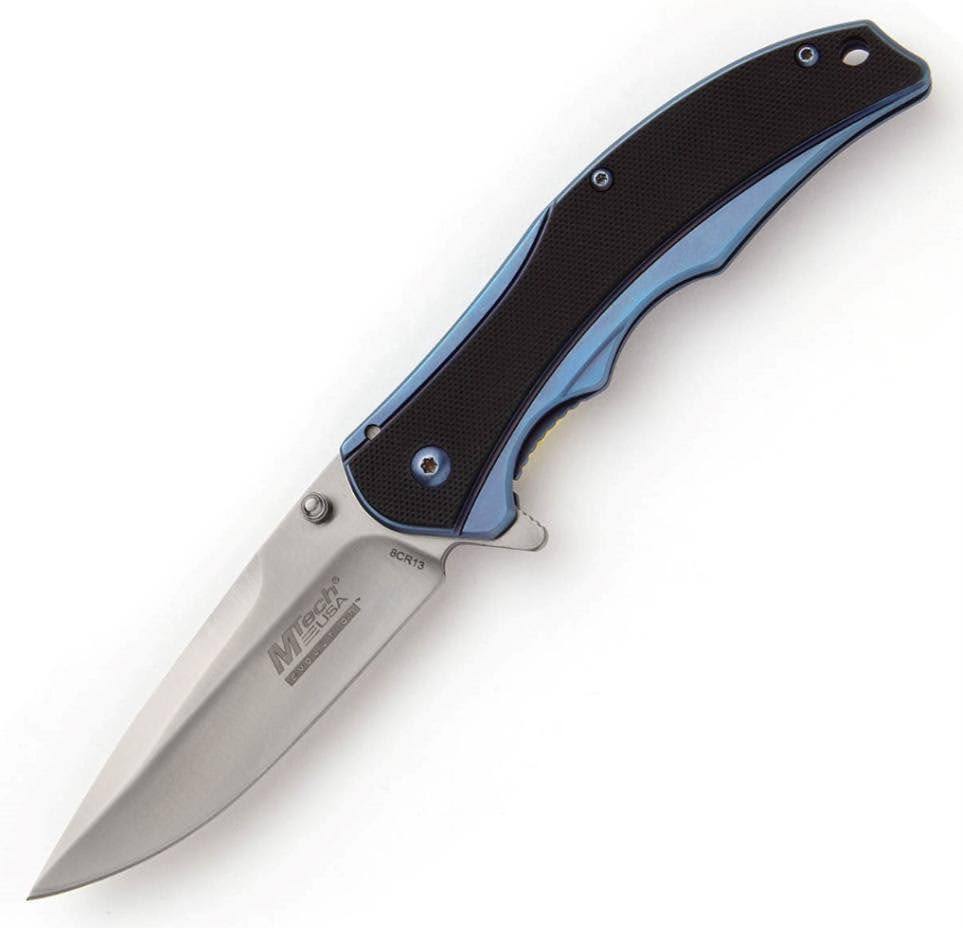
MTech Blue Wave Folder Pocket Knife
High-Performance Steels
One of the most significant trends in knife technology is the development of advanced blade steels. For centuries, steel has been the primary material for knife blades, but modern metallurgy has given rise to high-performance steels that offer superior hardness, edge retention, and corrosion resistance.
Powder Metallurgy Steels: These steels are made by fusing fine powder particles together under extreme pressure and heat, allowing for a more uniform distribution of carbides and other alloying elements. This results in superior hardness and edge retention. Popular examples include CPM S30V, CPM S35VN, and Elmax. These steels are particularly well-suited for high-end knives used in outdoor activities, as they combine toughness with long-lasting sharpness.
Damascus Steel: In recent years, there has been a resurgence of interest in traditional Damascus steel. Advances in modern metallurgical techniques allow for the production of Damascus blades that are both aesthetically striking and functionally superior. Modern Damascus steel often combines layers of stainless and carbon steel to produce a blade with a unique pattern and exceptional performance.
Ceramic Blades: Ceramic knives , made from zirconium dioxide, have become increasingly popular for culinary use due to their incredible hardness (second only to diamonds) and excellent corrosion resistance. They remain sharp for long periods, requiring less frequent sharpening. While not as tough as steel, advancements in ceramic technology have made them more durable and capable of handling harder tasks.
Lightweight Alloys and Composites
Manufacturers are exploring composite materials and alloys to create lighter and more durable knives. Titanium , which is both lightweight and corrosion-resistant, is increasingly being used in knife design, particularly for handles and sheaths. While titanium blades are less common due to their tendency to be softer than steel, titanium-coated steel blades offer a good balance between strength, weight, and longevity.
Another promising material is carbon fiber , which, when used in knife handles or sheaths, can offer exceptional strength-to-weight ratios. Carbon fiber is already being used in some high-end knives, particularly in tactical and survival blades, where both durability and lightness are crucial.
2. Smart Knives: The Future of Integration
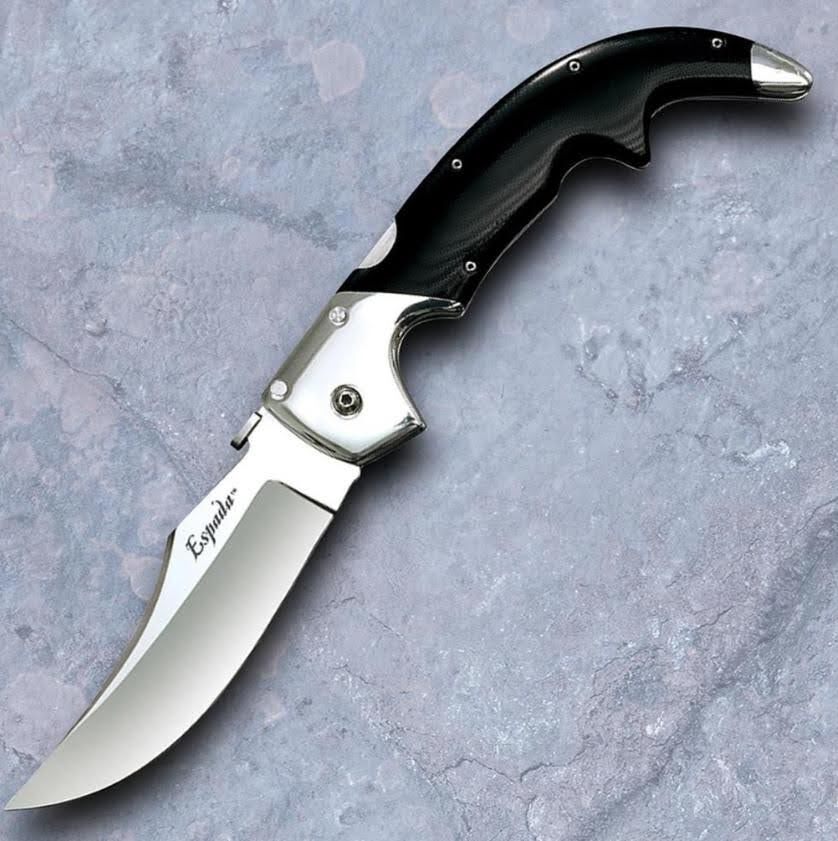
Cold Steel Large Espada Folding Knife
Embedded Technology
In an era where smart devices are ubiquitous, it’s only a matter of time before knives start incorporating technology to enhance their functionality. The concept of "smart knives" is still in its early stages, but researchers and manufacturers are already exploring ways to integrate sensors, Bluetooth, and other technologies into knives.
GPS tracking, motion sensors, and temperature sensors could also be integrated into tactical and survival knives, offering the potential for precise navigation, monitoring of environmental conditions, or even health data for extreme survival situations.
Automated Sharpening Systems
Another potential development in the future of knives is automated sharpening. While manual sharpening is a skill that many knife enthusiasts take pride in, automated sharpening devices are becoming more sophisticated. Some systems can even analyze the blade's angle and adjust the sharpening process accordingly, ensuring a precise edge every time.
In the future, smart knives could potentially communicate directly with sharpening systems to ensure the perfect edge is maintained. This would be particularly useful in professional kitchens or other environments where knives need to be in peak condition at all times.
3. Ergonomics and Customization
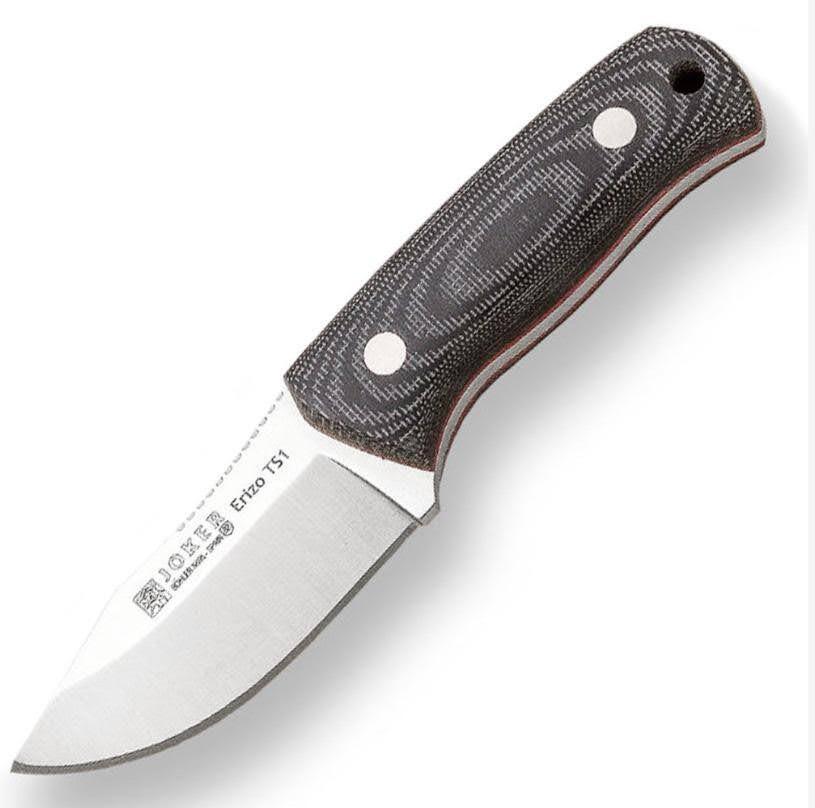
Joker Erizo TS1 Micarta Handle Outdoor Knife
3D-Printed Knife Handles
As 3D printing technology has become more advanced, it has started to influence knife design, particularly customization. Knife enthusiasts and professionals alike can create custom handles designed to fit the unique contours of their hands. This trend is particularly appealing to people who use knives for extended periods, such as chefs, hunters, or military personnel.
Using 3D printing, designers can experiment with various materials, from lightweight polymers to high-strength metals, giving users more options than ever before. Furthermore, the ability to create intricate, bespoke designs means that knives can be crafted with greater precision and personalization, making them both functional and aesthetically unique.
Adjustable Handles
Some knife manufacturers are beginning to experiment with adjustable handles, allowing users to modify the ergonomics of their knives. This could involve altering the grip’s angle, length, or thickness to provide the most comfortable fit for the individual user. Adjustable handles would be particularly useful in knives used in diverse environments, such as survival tools, where user comfort and precision can significantly affect performance.
4. Coatings and Surface Treatments
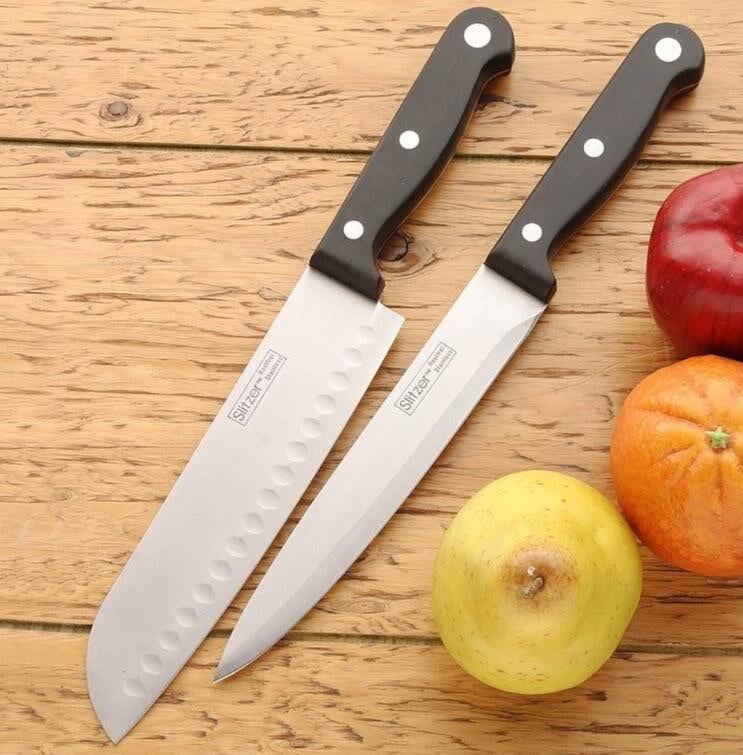
Slitzer Germany Kitchen Knife Set
Non-Stick and Anti-Corrosion Coatings
Coating technologies are another area where knife manufacturers are making strides. Non-stick coatings on knives, similar to those found on high-end cookware, are becoming more common. These coatings help reduce friction when slicing and make knives easier to clean and maintain.
Diamond-like carbon (DLC) coatings are particularly attractive for their hardness and wear resistance. DLC is already used in various high-performance tools, and it’s starting to make its way into the knife industry. Knives treated with DLC coatings are highly resistant to corrosion, scratches, and wear, which makes them particularly useful in marine or other high-humidity environments.
In addition, anti-microbial coatings are being developed for culinary knives, reducing the risk of cross-contamination between different food items. This is especially important in professional kitchens, where hygiene is critical.
Adjustable Handles
Some knife manufacturers are beginning to experiment with adjustable handles, allowing users to modify the ergonomics of their knives. This could involve altering the grip’s angle, length, or thickness to provide the most comfortable fit for the individual user. Adjustable handles would be particularly useful in knives used in diverse environments, such as survival tools, where user comfort and precision can significantly affect performance.
Self-Sharpening Blades
Though not yet mainstream, self-sharpening blades are an area of ongoing research. These knives feature a mechanism that sharpens the edge during use, potentially eliminating the need for regular sharpening. One potential method involves embedding small sharpening abrasives into the blade or handle, which gradually sharpens the edge as it contacts the cutting surface. While this technology is still in its early stages, it has the potential to revolutionize knife maintenance.
5. Sustainability and Eco-Friendly Materials
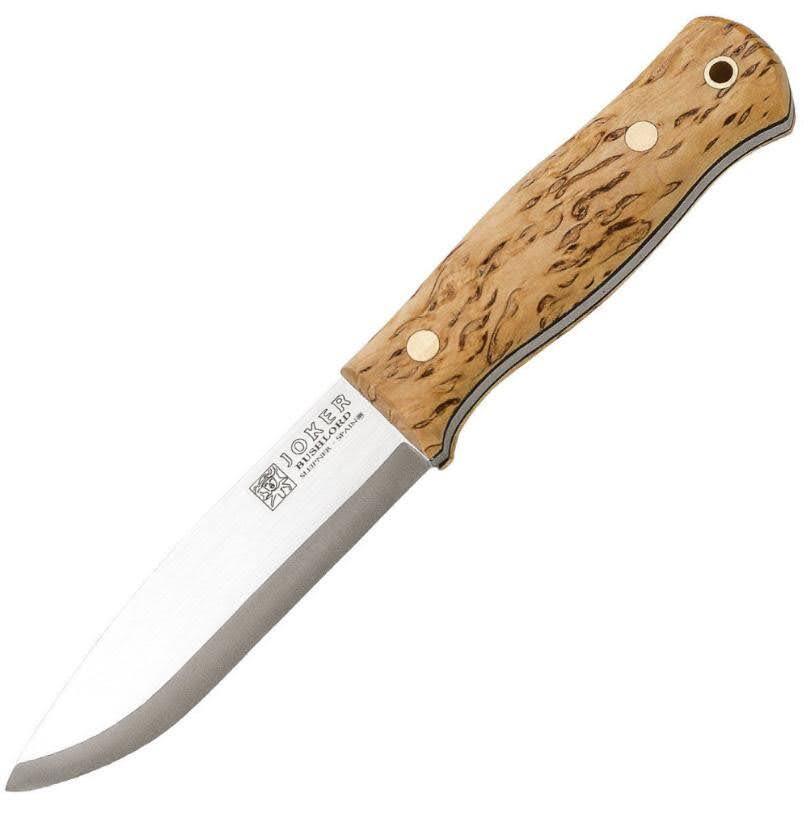
Joker Scandi Curly Birch Handle Survival and Bushcraft Knife
As sustainability becomes an increasingly important consideration across all industries, the knife market is also seeing innovations to reduce environmental impact. This includes using recycled materials in blades and handles, such as recycled steel, bio-based plastics, and sustainable wood.
Eco-conscious consumers are also driving demand for knives built to last, reducing the need for disposable products. High-quality materials, combined with advanced manufacturing processes, can make knives that stand the test of time, reducing waste and encouraging a culture of repair and maintenance over replacement.
Conclusion
The knife industry is undergoing a revolution, with technological advancements in materials, design, and integrated innovative features pushing the boundaries of what knives can do. High-performance steels, innovative coatings, 3D-printed customization, and smart technologies are shaping the future of knife technology. As these innovations evolve, we can expect knives to become even more specialized, efficient, and tailored to individual needs.
Whether you’re a chef, a survivalist, or simply an enthusiast of fine craftsmanship, the knives of tomorrow will offer unprecedented levels of performance, comfort, and personalization. As technology advances, so too will the potential for knives to serve not just as tools but as sophisticated, multifunctional instruments designed to meet the ever-changing demands of modern life. The future of knives is sharper, smarter, and more exciting than ever before.
At Atlanta Cutlery, we pride ourselves on offering knives for the past, present, and future. Check out our website to view our entire collection!


 Gift Cards
Gift Cards